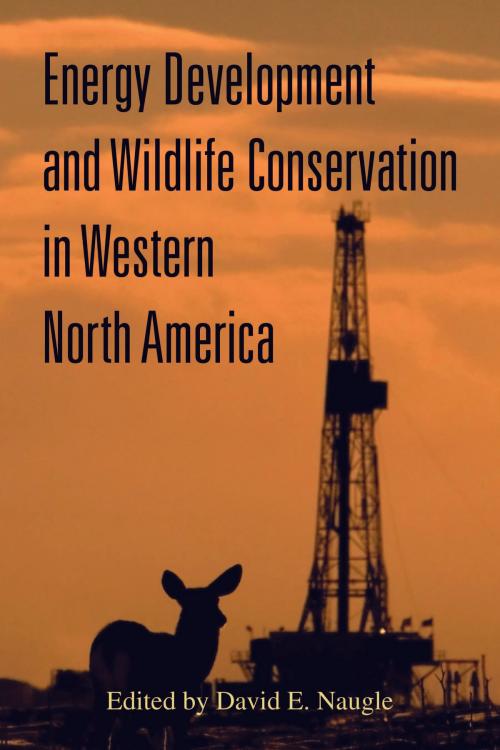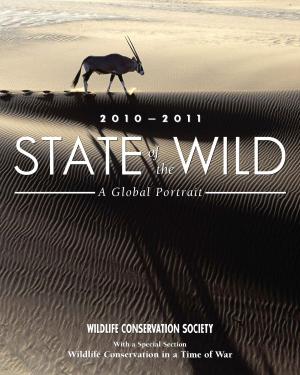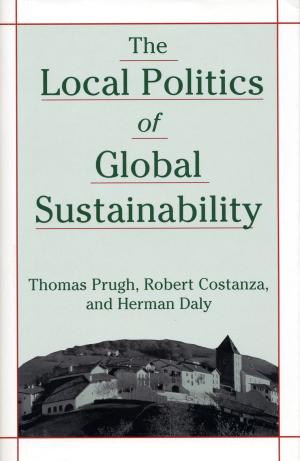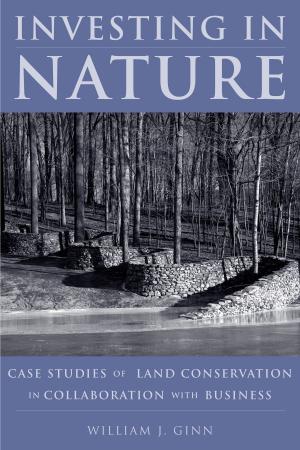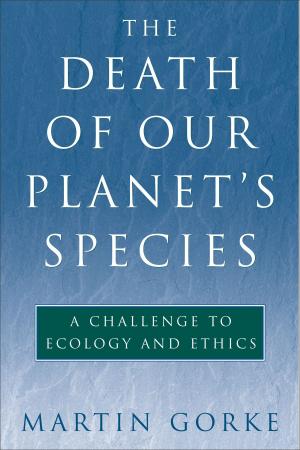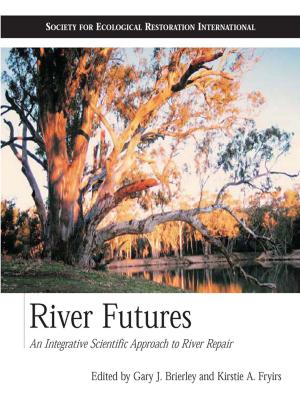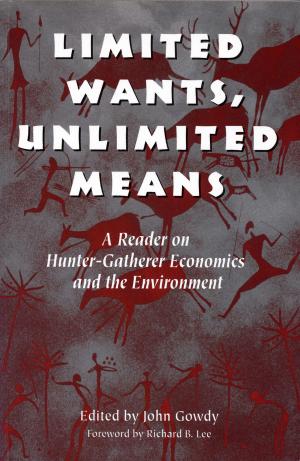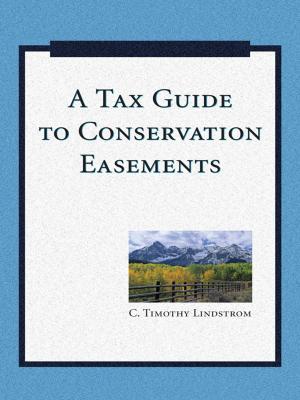Energy Developmand Wildlife Conservation in Western North America
Nonfiction, Science & Nature, Science, Physics, Energy, Nature, Animals, Wildlife| Author: | David E. Naugle | ISBN: | 9781610910224 |
| Publisher: | Island Press | Publication: | June 22, 2012 |
| Imprint: | Island Press | Language: | English |
| Author: | David E. Naugle |
| ISBN: | 9781610910224 |
| Publisher: | Island Press |
| Publication: | June 22, 2012 |
| Imprint: | Island Press |
| Language: | English |
Energy Developmand Wildlife Conservation in Western North America offers a road map for securing our energy future while safeguarding our wildlife heritage.
Contributors show how science can help craft solutions to conflicts between wildlife and energy developmby delineating core areas, identifying landscapes that support viable populations, and forecasting future developmscenarios to aid in conservation design. The book
•frames the issue and introduces readers to major types of extraction
•quantifies the pace and extof currand future energy development
•provides an ecological foundation for understanding cumulative impacts on wildlife species
•synthesizes information on the biological response of wildlife to development
•discusses energy infrastructure as a conduit for the spread of invasive species
•compares impacts of alternative energy to those of conventional development
The final section calls for a shift away from site-level managemthat has failed to mitigate cumulative impacts on wildlife populations toward broad-scale planning and implementation of conservation in priority landscapes. The book concludes by identifying ways that decision makers can remove roadblocks to conservation, and provides a blueprint for implementing conservation plans. Energy Developmand Wildlife Conservation in Western North America is a must-have volume for elected officials, industry representatives, natural resource managers, conservation groups, and the public seeking to promote energy independence while at the same time protecting wildlife.
Energy Developmand Wildlife Conservation in Western North America offers a road map for securing our energy future while safeguarding our wildlife heritage.
Contributors show how science can help craft solutions to conflicts between wildlife and energy developmby delineating core areas, identifying landscapes that support viable populations, and forecasting future developmscenarios to aid in conservation design. The book
•frames the issue and introduces readers to major types of extraction
•quantifies the pace and extof currand future energy development
•provides an ecological foundation for understanding cumulative impacts on wildlife species
•synthesizes information on the biological response of wildlife to development
•discusses energy infrastructure as a conduit for the spread of invasive species
•compares impacts of alternative energy to those of conventional development
The final section calls for a shift away from site-level managemthat has failed to mitigate cumulative impacts on wildlife populations toward broad-scale planning and implementation of conservation in priority landscapes. The book concludes by identifying ways that decision makers can remove roadblocks to conservation, and provides a blueprint for implementing conservation plans. Energy Developmand Wildlife Conservation in Western North America is a must-have volume for elected officials, industry representatives, natural resource managers, conservation groups, and the public seeking to promote energy independence while at the same time protecting wildlife.
